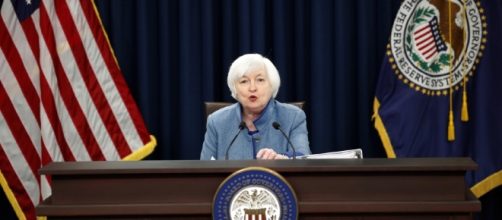During a speech in Chicago this Friday, the chair of the Federal Reserve, Janet Yellen, signaled that the tightening of the monetary policy will not be as slow as it was in 2015 and 2016. The rates were last raised in December, only the second time in almost a decade, since the outbreak of the great crisis in 2008.
Yellen's words emerge very close to the next meeting of the FED Committee, on March 14-15, in which the board of governors will decide the next steps of the policy in the first year of the Trump's administration. According to CME Group, the odds of a hike in rates in the next meeting are 77%, up from the former 30% just before Yellen's speech.
Healthier economy and confidence
The economic recovery in the last two years, is the main driver behind likely change in the rate rise rhythm. The unemployment rate of 4.8%, down from 10% in 2009, and the addition of 11 million jobs to the economy in approximately eight years, increased household incomes and boosted confidence.
Indeed, the Consumer Confidence Index in February, released by the Conference Board, is standing at 114.8, up from 111.6 in January, a rise of 3,2 points, and a record high in 15 years. Part of it reflects the excitement with the new administration's approach on growth and job creation, the main platform by which Donald Trump was elected last November.
"There is no question that animal spirits were unleashed a bit post election.
Stock markets went up a lot, and household and business confidence has increased evenly", noted the president of the Federal Reserve of New York, William Dudley, in an interview for CNN.
Investments in infrastructure
The infrastructure projects plans of Donald Trump also raise concern on the FED. The so boasted claim to "rebuild" America and make it "great again" has potential to launch a spending spree that could result in high inflation.
Consequences
A sharp rise in interest rates may affect millions of Americans, as well as the whole world, especially emerging markets, where higher rates in America mean withdrawal of foreign investors, as the money is likely to go to a safer option. Those with mortgages may have to deal with higher payments in the amortization. Quite the opposite, for savers this may be a good moment to raise their efforts to invest.

